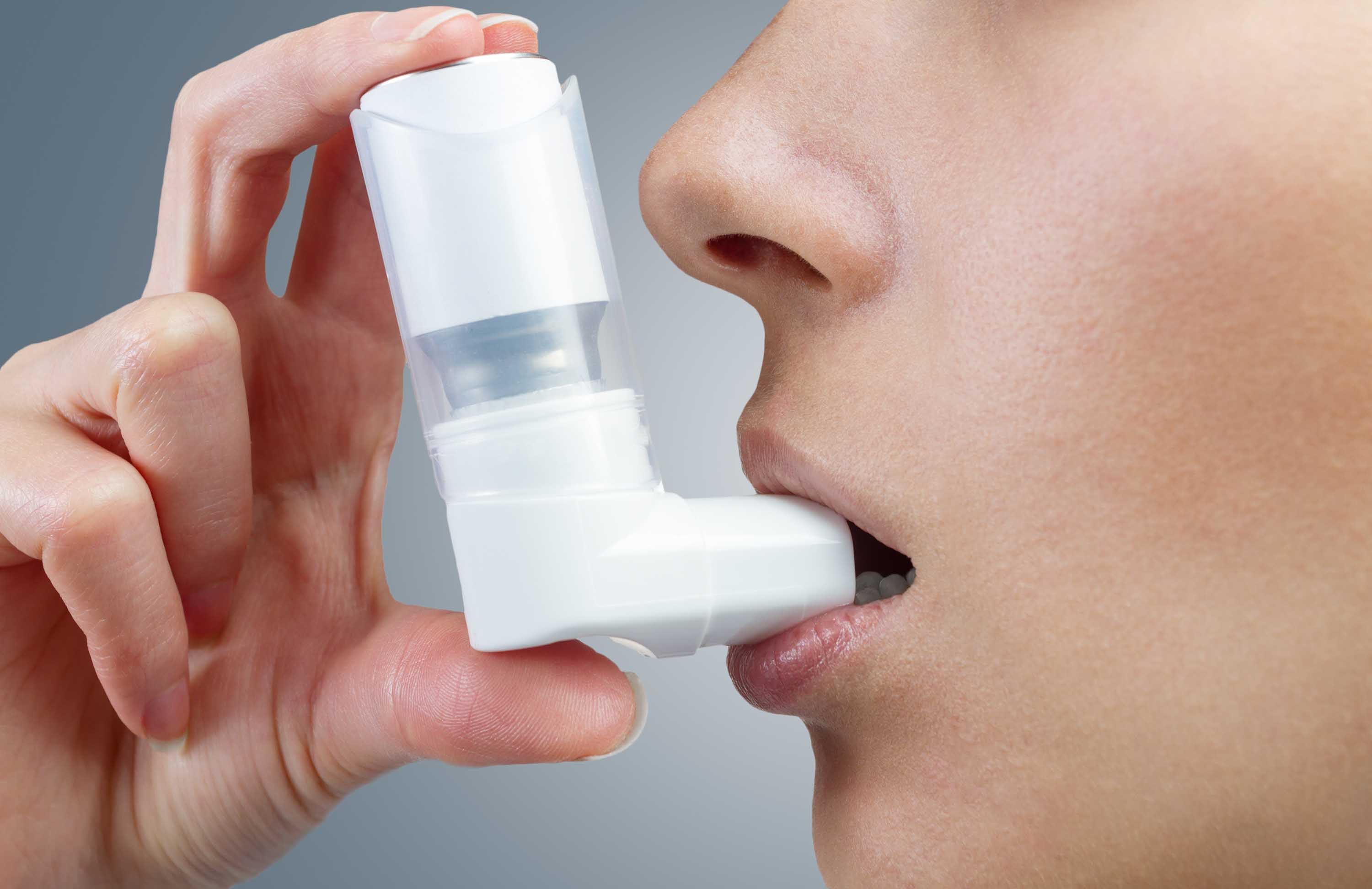
ASTHMA ATTACK: What you need to know
Asthma is a major noncommunicable disease (NCD), affecting both children and adults and is the most common chronic disease among children.
Thank you for reading this post, don't forget to subscribe!An asthma attack is a sudden worsening of asthma symptoms caused by the tightening of muscles around the airways. During an asthma attack, the lining of the airways is swollen or inflamed, and thicker mucus is produced causing the airways to become narrow. These occurrences cause symptoms such as difficulty breathing, noisy breathing, coughing, and shortness of breath. Other symptoms include;
– Fast breathing.
– Chest tightness or pain.
– Tightening of the muscles around the chest and neck.
– Difficulty talking
– Anxiety.
– Paleness.
– In extreme cases, bluish lips or nail beds.
Some people with asthma may go for extended periods without having any asthmatic attacks or symptoms.
Asthmatic attacks could be mild or severe: Mild asthma attacks are generally more common. Usually, the person feels relief within a few minutes to a few hours after home treatment.
Severe asthma attacks are less common but last longer, are not usually relieved with home treatment, and require immediate medical help. It is important to recognize and treat even mild symptoms of an asthma attack to prevent severe occurrence.
Causes
Asthma can be genetically inherited from parents and passed down from generation to generation.
A highly sensitive immune system triggers a reaction in the airways causing swelling and narrowing. Asthmatic triggers may differ from person to person. Below are some common triggers;
– Upper airway infections.
– Cold/dry air.
– Dust.
– Pollen, pets.
– Smoke.
– Physical and emotional stress.
– Some drugs such as aspirin.
– Chemicals with a strong odour.
– Some foods such as nuts.
Risk factors for severe asthma attacks include;
– Other health conditions such as malaria.
– Previous history of severe asthma attacks.
– Constant exposure to triggers.
First Aid Intervention.
Step 1: Help the patient sit upright in a comfortable position, remove tight clothes, and open nearby windows to improve ventilation. Encourage the patient to be calm and breathe slowly through their mouth.
Step 2: Give their prescribed inhaler (do not borrow someone else’s); shake well and give 4 puffs.
Step 3: Wait for 4 minutes. If breathing does not begin to improve, give four more puffs of the inhaler.
Step 4: After another 4 minutes, if breathing does not improve, call for emergency help or rush the patient to the hospital. While in transit, continue to give four puffs of inhaler every 4 minutes.
N/B: If the person does not have an inhaler, do step 1 above and call for help or rush to the nearest hospital.
Do not mistake drowsiness as a sign of improvement; it could mean the asthma is getting worse.
Complications.
– Respiratory failure, is called Status asthmaticus.
– Low oxygen in the blood.
– Heart attack.
– Increased carbon dioxide levels in the lungs.
– Lung collapse.
– Death.
Diagnosis and Treatment.
Asthma is usually confirmed in the hospital with observation of symptoms, family history, triggers, and some tests such as chest X-ray.
Treatment at the hospital is usually with drugs to clear the airway either orally, by inhalation, or by injections. And drugs to reduce swelling.
In severe cases, patients may require assisted breathing or oxygen administration.
Prevention.
– Know your triggers and try to avoid them.
– Take prescribed preventive medications.
– Prompt treatment of other health conditions that may trigger asthmatic attacks.
– See your healthcare provider when symptoms are persistent or on scheduled appointment days.









